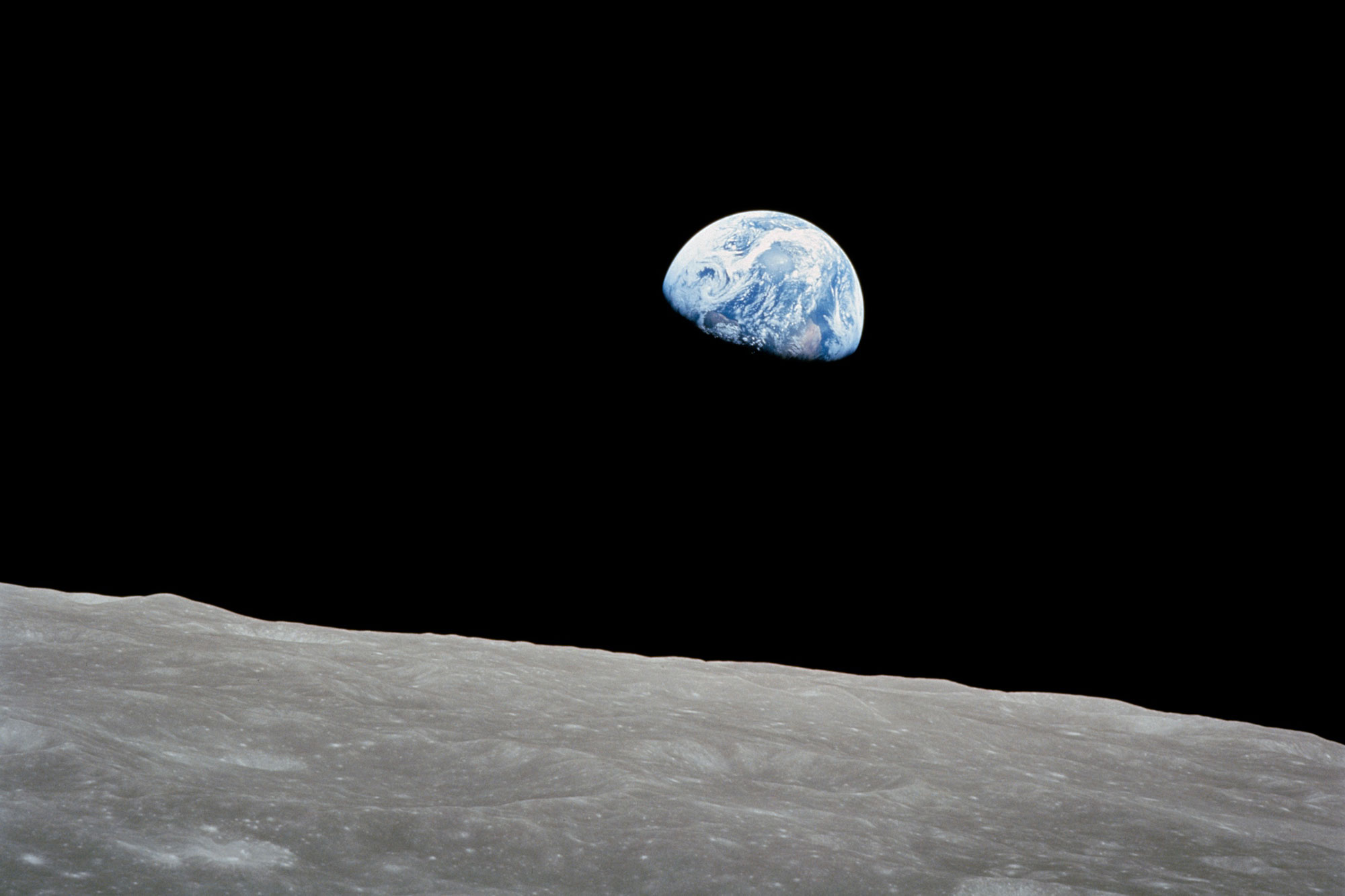University of Virginia alumnus Troy Benesch and his company were tasked with taking some of the most iconic, historic images of the Space Age and bringing them into the age of cloud computing.

Benesch, a 1989 graduate of UVA’s McIntire School of Commerce, co-founded V! Studios with his brother, Moe Benesch, in 1993. The brothers rode the powerful wave of the dot-com boom, first as game developers, then as web programmers and designers.
Among their biggest clients? NASA.
“We have been working with NASA for 11 years, and we love it,” said Troy Benesch, the company’s creative director. “There is a tremendous thirst for knowledge that is paramount in everything they do.”
Most recently, the brothers and their team have helped the space agency bring all of its images, audio and videos – more than 140,000 in total and growing – onto a cloud-based platform, images.nasa.gov, that makes it easy for members of the public to search for and download any image related to NASA’s nearly 60-year history. There are iconic images of Neil Armstrong and his fellow astronauts taking humankind’s first steps on the moon, otherworldly shots of galaxies and planets far beyond the reach of the human eye and more intimate glimpses of the hard-working men and women behind some of humanity’s most extraordinary accomplishments.

The Columbia space shuttle lifts off for a 1999 mission to release the Chandra X-Ray Observatory. (Image courtesy NASA)
Previously, each center within NASA – such as the Kennedy Space Center in Florida, or the Johnson Space Center in Texas – had its own media archive, making it difficult for NASA employees, educators and members of the public to track down specific images.
“You had to spend a lot of time finding the image you wanted, and when you found it, it might not be most ideal resolution or file size,” said Moe Benesch, president of V! Studios.
Now, the entire 140,000-plus-item media archive is easily searchable by year or keyword. Additionally, V! Studios built the site as one of NASA’s first completely cloud-centric applications. Every image will automatically scale to whatever size best fits the device on which it is viewed, from a huge projector to a tiny mobile phone. The site also has an application programming interface, or API, that allows third parties to plug the archive directly into their site so that, for example, an astronomy professor could make the archive searchable directly from his class webpage.
“The API gives us a great way to distribute content to the public, all free of charge and copyright constraints,” Troy Benesch said. “The more we can share about this science, the more accessible it can be, the better.”

Astronaut Bruce McCandless II on a spacewalk in 1984. (Image courtesy NASA)
In addition to the media archive, V! Studios has led production of NASA’s “ScienceCasts,” a series of web-based videos and animations about fun, interesting and unusual science topics encountered during NASA’s science missions. The company has made more than 240 episodes so far, which are often used in classrooms around the globe.
Aside from NASA, V! Studios, which is located in Vienna, Virginia, has worked with organizations including the Smithsonian, MSNBC, Exxon Mobil and Major League Baseball, providing web development, design, animation, video production and more.
“We try not to limit ourselves to one industry,” Troy Benesch said.
He credits his brother as the technical brains behind the operation, while he focuses on the creative vision.
“I have always been interested in art, long before making a living as a digital artist was a possibility,” he said. “At UVA, I chose to concentrate in marketing, to give myself that creative outlet.”

An view of Earth rising about the moon's horizon taken during the Apollo 11 mission. (Image courtesy of NASA)
Not having an extremely technical or scientific background has actually been helpful when working with NASA, he said, because it allows him to approach topics as the average viewer would.
“It is absolutely mind-blowing, all of the work they are doing at NASA,” he said. “Our job is finding ways to get that news out there and tell those stories in a manner that is easy to understand and exciting at the same time.”
Media Contact
Article Information
May 8, 2017
/content/one-giant-leap-nasas-media-storage

